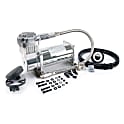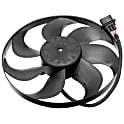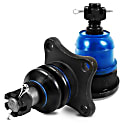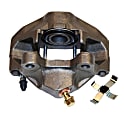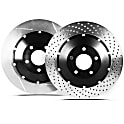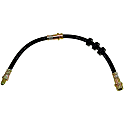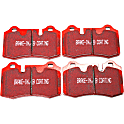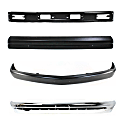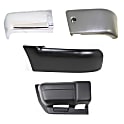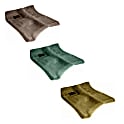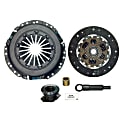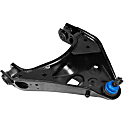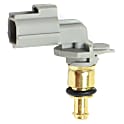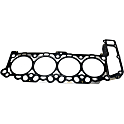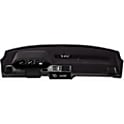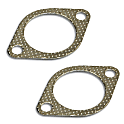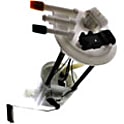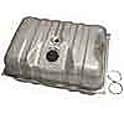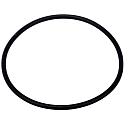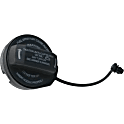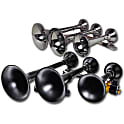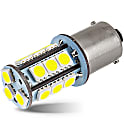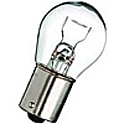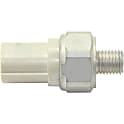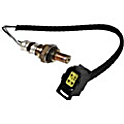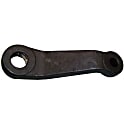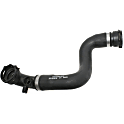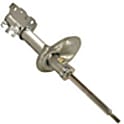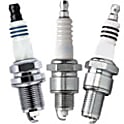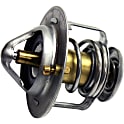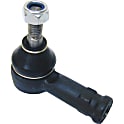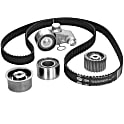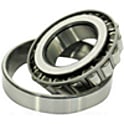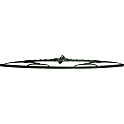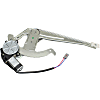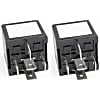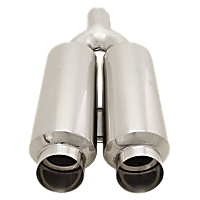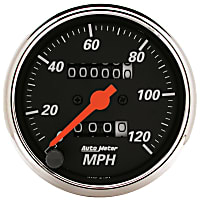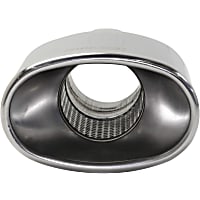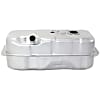{
"lazyNodes": false,
"abFitnotesFlag": false,
"abCrawlReviews": true,
"productOptionsCookie": false,
"orderDelayFlag": false,
"skipSessionCookie": false,
"covidMessage": false,
"fullTitleCookie": false,
"nrLoggerCookie": true,
"checkoutReviewCookie": false,
"productOptionSeqCookie": false,
"maintenanceFlag": false,
"bufferETACookie": false,
"multiShippingDiscountFlag": false,
"newFitmentFlag": false,
"surveyOptInFlag": true,
"crossSellFlag": false,
"skuMappingFlag": false,
"paySplitCookie": false,
"callDisableFlag": true,
"zipPaymentFlag": "c",
"hassleFreeReturn": true,
"lifetimeReplacement": true,
"cpn_off": false
}
Mazda B2200 Parts & Accessories
Find the right parts fasterSelect Your Vehicle Part
Top Rated Products
Popular Products
Product Questions & Answers
Shopping for Mazda B2200 Parts
Fall is just around the corner, and it's starting to get much colder. So what's a car guy or gal like you go to do? Fall maintenance prep-up should be on your list. Keep your Mazda B2200 all set for the drop in temperature and change in weather. Seasonal maintenance can save your pickup from breakdowns and car troubles that are common in fall. Here are some great suggestions from experts:
- Check the hoses and belts.
Taking a close look at your hoses and belts should be part of your vehicle's fall preparation. As the temperature drops, belts and hoses may be vulnerable to cracks and fractures. If there's any broken fitting or line, this could easily result in leaks. You won't get your heater to work or can't turn on other accessories. Your fuel lines may leak as well. So before your belt snaps or hoses collapse, have them inspected to fix the issue early on.
- Check the antifreeze and the cooling system.
Your antifreeze mixture may need certain adjustments when the temperature drops or the weather turns cold. The last thing you'd want is to have a frozen or cracked engine block. As the season changes, the antifreeze should be able to regulate the temperature of the engine accordingly. Other than the antifreeze, you should also make sure that the cooling system is ready for the seasonal changes. It may need some cooling system flush or service.
- Check the tires.
The change in temperature can affect the air in your tires, making it denser or allowing it to expand further. On a cooler weather, tire pressure usually goes low. Check the tire pressure and make sure that inflation is set at the right level, so you can enjoy better fuel efficiency and vehicle handling with good traction on the road. Also keep an eye on the tire tread. Look out for bulges, bald spots, and other wear patterns such as cupping. You'd want to have an adequate tire tread for safe driving.
- Check the defroster/heater.
As the weather turns cold, your defroster/heater should be ready to do its job. Turn on the heater to see if it can easily warm up the interior. If it takes a while or it doesn't seem to work at all, then you'll have to fix the heating issues and look into the source of the problem. The airflow shouldn't be blocked. It should reach the windshield.
- Check the car battery.
When temperatures turn low, battery capacity may suffer. So before it dies or fails, look out for any sign of failure. Test the battery using a multimeter. Make sure that it can hold a good charge. Otherwise, your vehicle may have trouble starting on cold mornings. Clean the contacts and terminals and check for cracks on cables. Fix any loose connection. Also don't forget to top it off with distilled water or fluid if needed.
- Check the brakes.
The change in season could bring in different road conditions and varied driving situations. The brakes should be ready to dish out the needed stopping power come rain or snow. So have the crucial brake elements tested and be sure to fix any impending brake problem.

